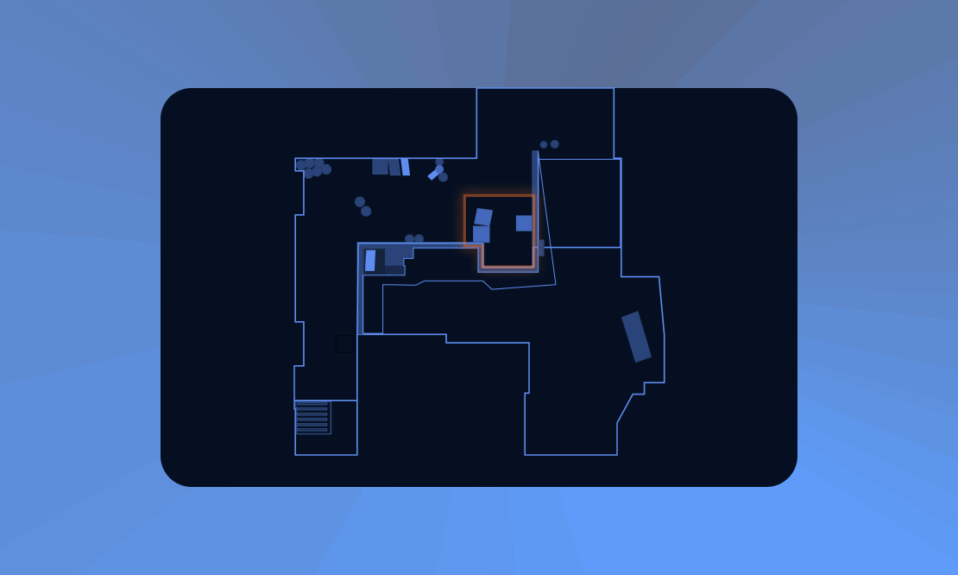
Data can drive the growth of esports betting in several ways. It can fuel new product verticals, power AI tools and increase engagement. With 11+ years of experience in esports, Abios CEO Oskar Fröberg and CTO Anton Janér decided to share their insights into the relationship between esports, traditional sports, and data gathering.
Collecting esports data
The means of gathering data in traditional physical sports such as soccer, ice hockey and tennis have been manual scouting and more recently computer vision. We use these methods in esports as well, but what sets esports apart is that data can be collected directly from the server.
Serverdata enables tracking of every action as it happens on a millisecond level, frame by frame. It doesn’t necessarily make data gathering easier, as it comes with a whole new set of challenges, but provides far more accurate information compared to manual scouting or computer vision.
One of the main advantages of data in esports, is that the baseline for the amount of data available for collection is on a different level to traditional sports. In esports, all the games are inherently built on data since all player, match and team events are data points by default. Therefore, there is more data available than in traditional sports, regardless of the method used for collection. This sets up the esports media- and betting industries for some unique possibilities.
Watch the video to learn more about:
- The opportunities and challenges of data in the esports industry.
- The differences in operating in the industry of esports and traditional sports.
- The role of integrity and compliance in protecting the future of the esports industry.
See more educational content from ICE Tech Futures here.








